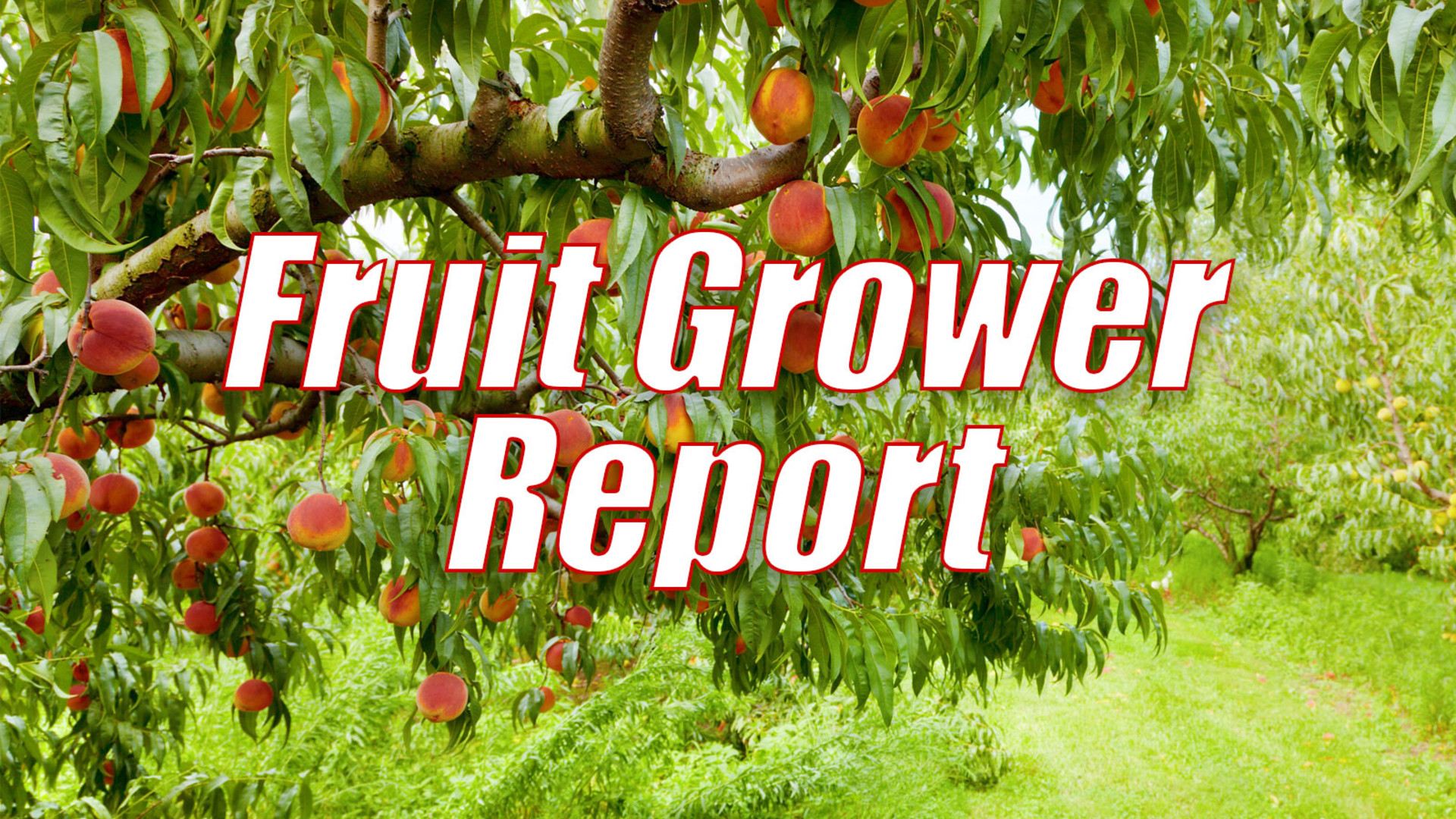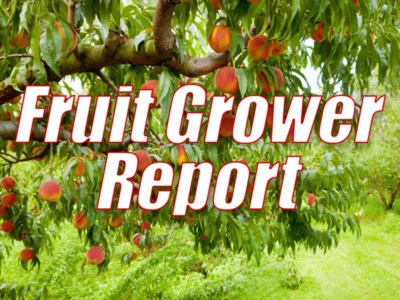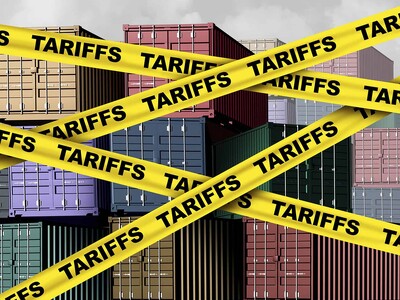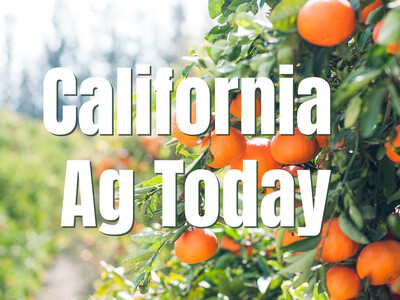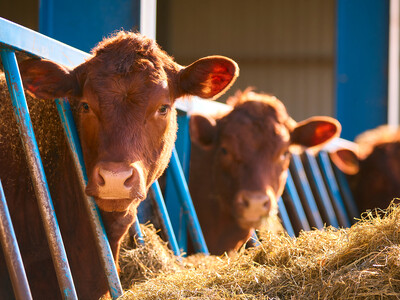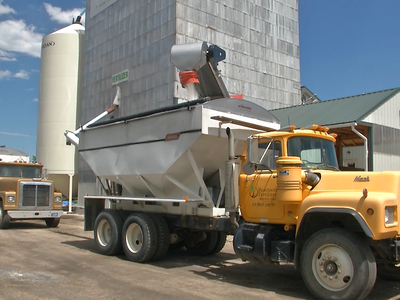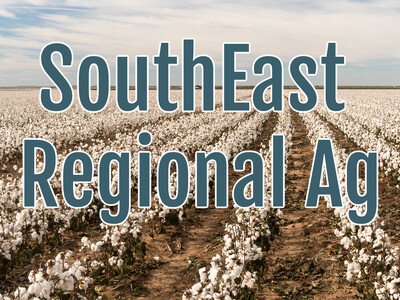Cider Apples
Cider Apples. I’m Greg Martin with today’s Fruit Grower Report.
In Washington State apples are at the top of the heap when it comes to commodities but not all apples are for eating. Carol Miles, Associate Professor, Horticulturist with Washington State University, Mount Vernon NWREC says there are a lot of varieties used for cider.
MILES: We have over 60 apple cider varieties planted here are WSU Mount Vernon. That’s the largest collection of cider apples in terms of diversity to the best of my knowledge in the United States. Our focus has really been to look at cider apple varieties, evaluate the productivity of as many varieties as we could obtain. Evaluate that productivity here in western Washington.
Most of the cider apples are grown west of the Cascades whereas dessert or eating apples are grown on the east side.
MILES: Really here in western Washington the focus has been cider apples. Looking at a crop that’s well suited for our environment. So we’re looking at cider apple production worldwide: England, Europe into Russia. We have somewhat a similar climate.
Why grow cider apples mainly on the west side and not dessert apples?
MILES: In western Washington the challenge is that we have higher pest pressure because of our more moist, cooler climate. With cider apples it’s not as necessary to control the minutia on pests because if there’s surface scaring for example for cider apples, that’s not a problem.
That’s today’s Fruit Grower Report. I’m Greg Martin on the Ag Information Network.


